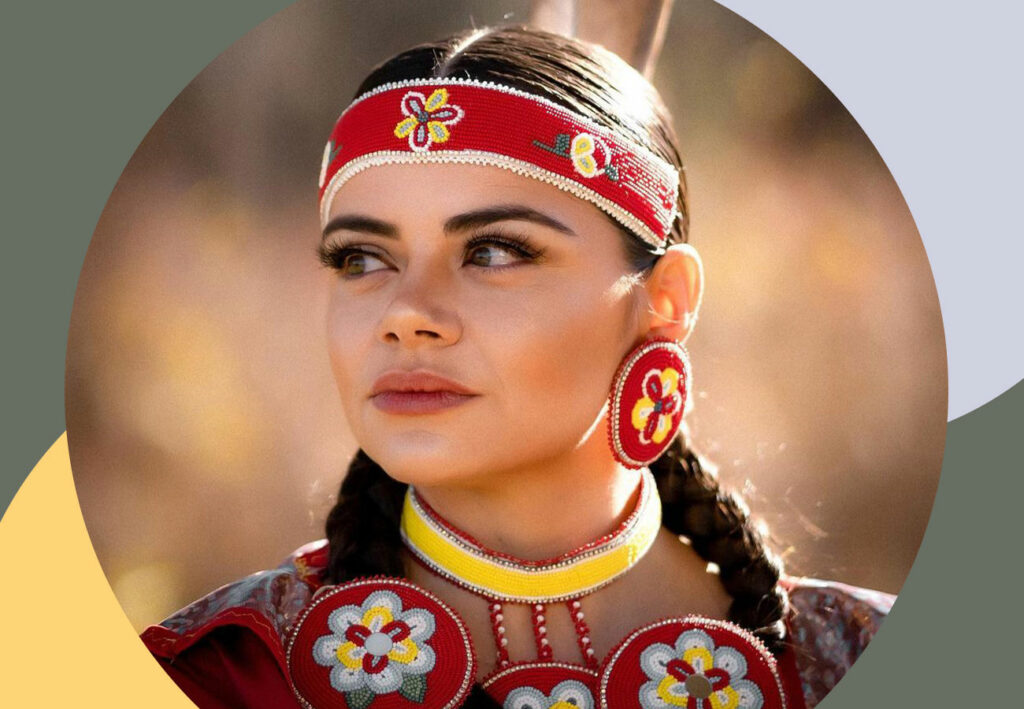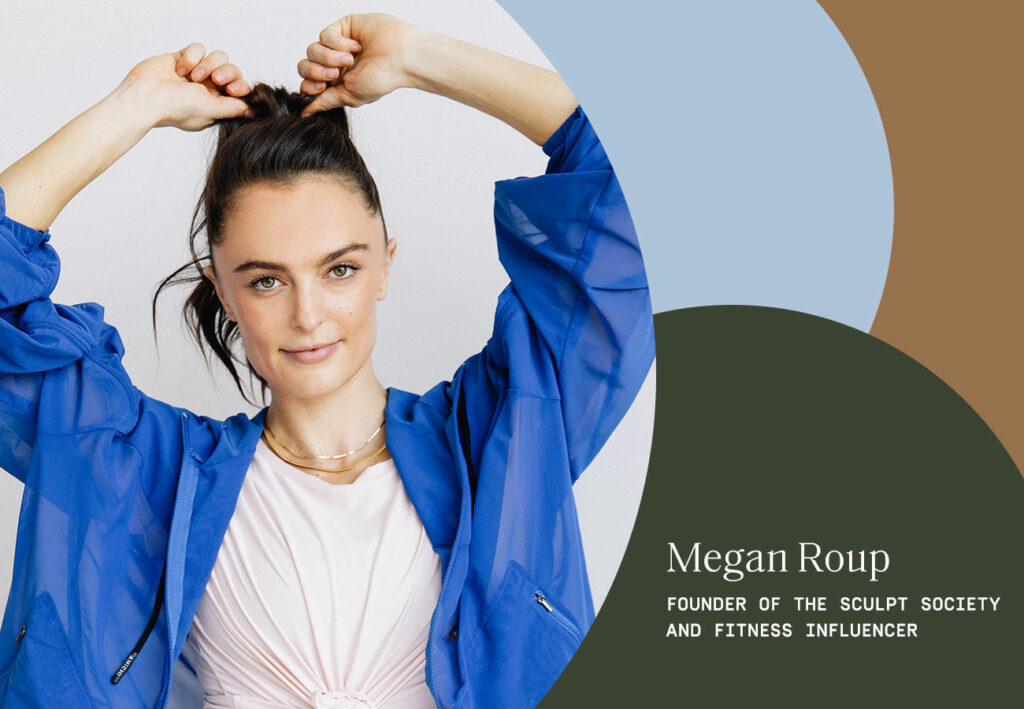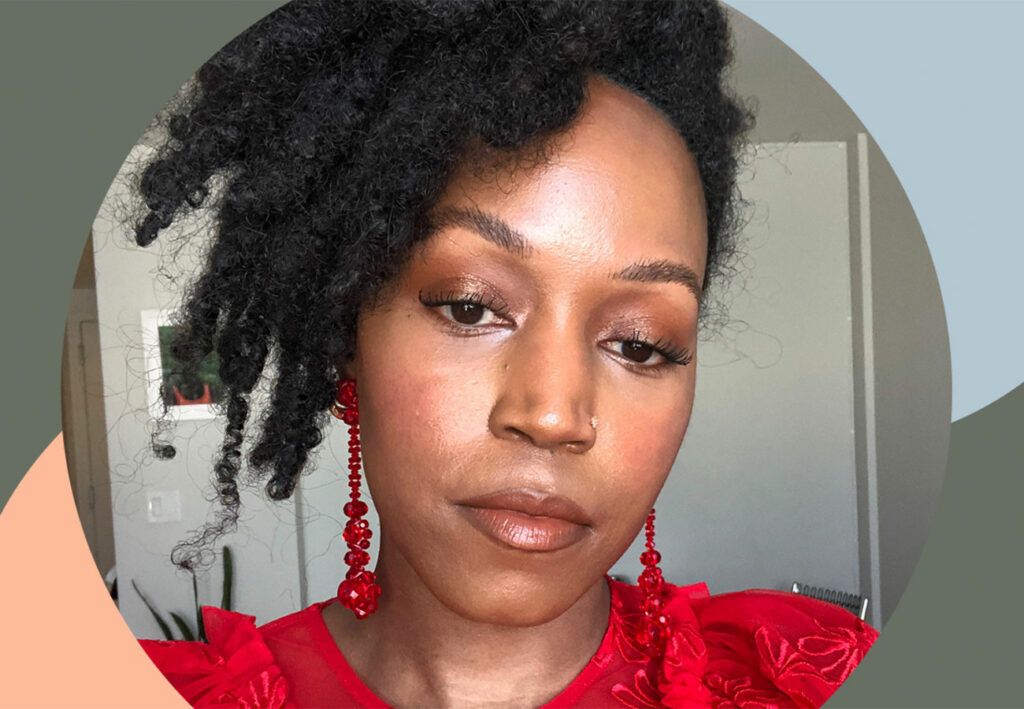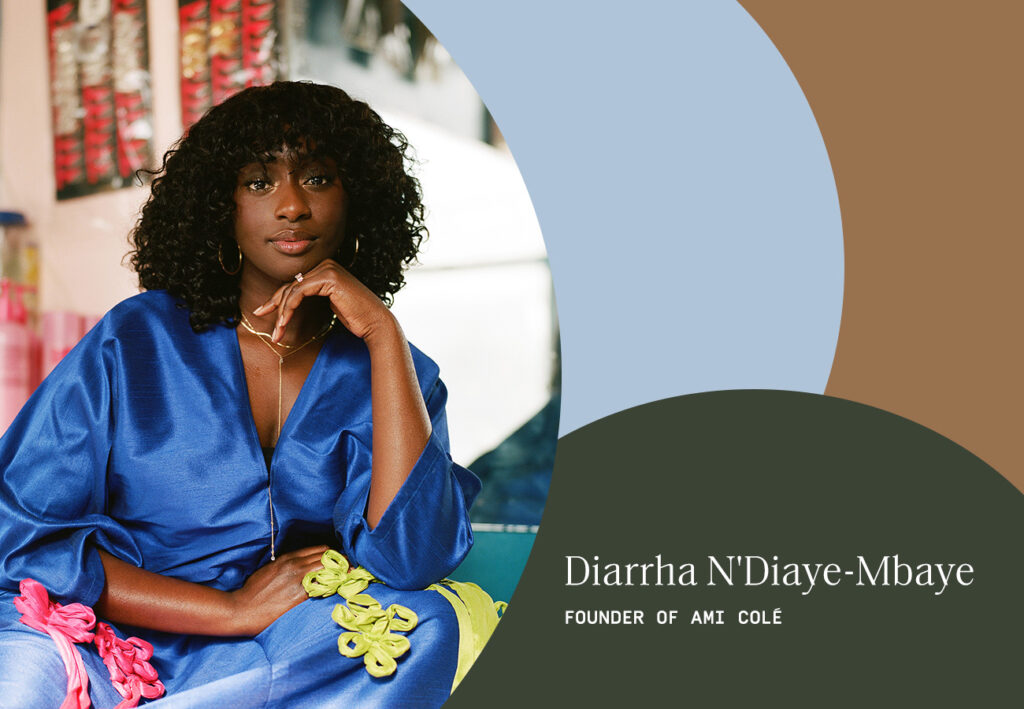[question content=”When did you first know you wanted to become a hairstylist?”]
[answer content=”I started sweeping hair at my local barbershop when I was ten or eleven years old. I guess I never got out of the industry because all of my high school jobs were at cosmetic stores and salons. I was attending college at FIT, when one of my teachers said, ‘You have craft. You don’t need to work in advertising. You should (do hair) for photoshoots and celebrities’. That threw me off guard, but it inspired me to take a leave of absence, go to beauty school, and assist salons around NYC.”]
[question content=”What steps did you take to establish yourself as a hairstylist?”]
[answer content=”I tried to assist as many people from as many backgrounds as I could. I was lucky because the salon I worked at had stylists from Japan, France, Israel, Italy, everywhere, and everybody had a slightly different approach. I also made friends with the other assistants, and we would all shoot projects together as we grew in our careers.”]
[question content=”When did you know that you made the right career choice?”]
[answer content=”I was on a shoot for the Wall Street Journal about impoverished women in India who received microloans to grow their businesses, something that changed the trajectory of their lives. You think that hair wouldn’t be important to people who don’t have much, but it can make a huge difference. Experiencing their culture and hearing their stories, I felt like I found exactly what I was supposed to be doing.”]
[question content=”What is the best advice you can give to stylists starting out in this industry?”]
[answer content=”Be patient and don’t compare yourself to other people. It is crucial that you develop your own aesthetic and look outside of the industry for inspiration. For example, I study art, which gives me a wealth of knowledge to pull from on set. And say ‘yes’ to everything while you’re trying to establish yourself, you’ll meet someone or learn something on every single job you do.”]
[question content=”What keeps you motivated?”]
[answer content=”It’s an exciting time to be in this industry. Social media has allowed me to connect with other people and to take my career in new directions. So, even when I think I’m getting tired, some unique opportunity presents itself. I’m also driven by the push for natural ingredients and my ability to make people feel good about themselves.”]
[question content=”Who are your hair icons?”]
[answer content=”I like old school beauties like Bridgette Bardot and Jane Birkin, that effortless French style. I also love Tracee Ellis Ross. She’s always rocking her curls or a turban or something cool and embracing her natural texture.”]
[question content=”What is the biggest hair mistake people make?”]
[answer content=”Trying to fight what they were born with and forcing their hair into something they see in a magazine, whether or not it suits their texture or color. Don’t spend valuable hours of your day trying a damaging style, when your hair might naturally do something pretty cool on its own.”]
[question content=”What’s your go-to hairstyle when you’re short on time?”]
[answer content=”I like to air dry my hair, but if I need it to look more polished I’ll take a light gel or oil, slick my hair away from my face, push it back, and let the ends dry naturally. That always gives it a clean, polished look around the front, and I can easily put a deep side part in it.”]
[question content=”What is one hair myth that needs to be debunked?”]
[answer content=”That oils are harmful to you and will always make your hair greasy.”]
[question content=”What advice do you give to clients who want to keep their hair healthy?”]
[answer content=”Find the right products for you, figure out how to properly use them, and don’t be afraid of a trim.”]
[question content=”What makes being a hairstylist unique?”]
[answer content=”As a hairstylist, you develop an intimacy with someone within the first few seconds of meeting them. When you’re touching someone’s head you create a safe space where they can talk about what’s going on in their life risk-free. Going into people’s homes, you learn even more about them.”]





